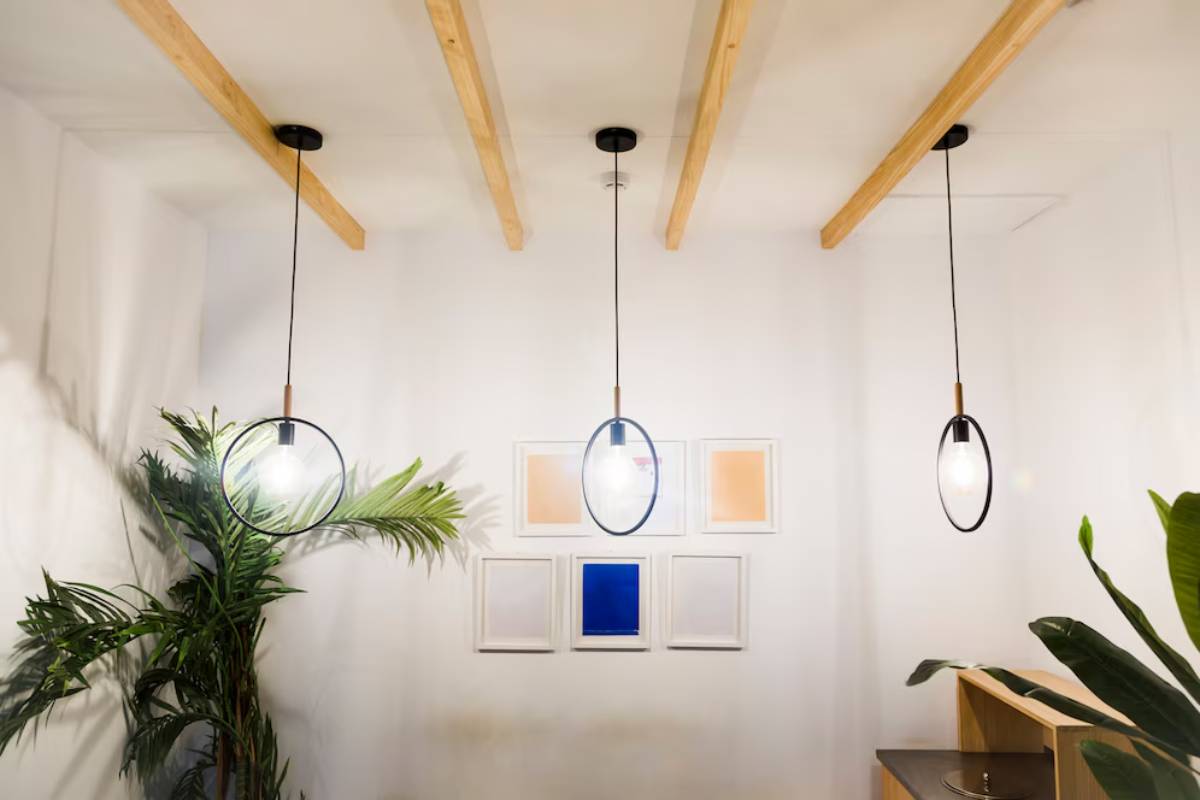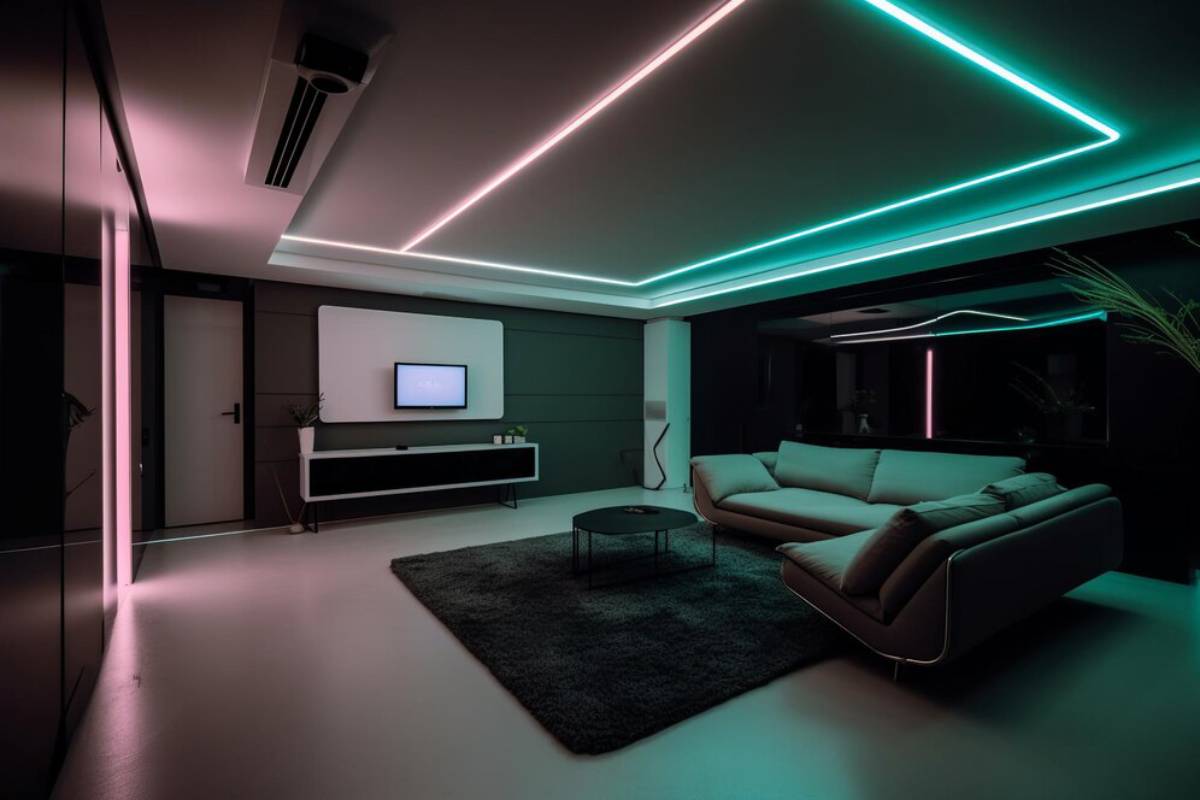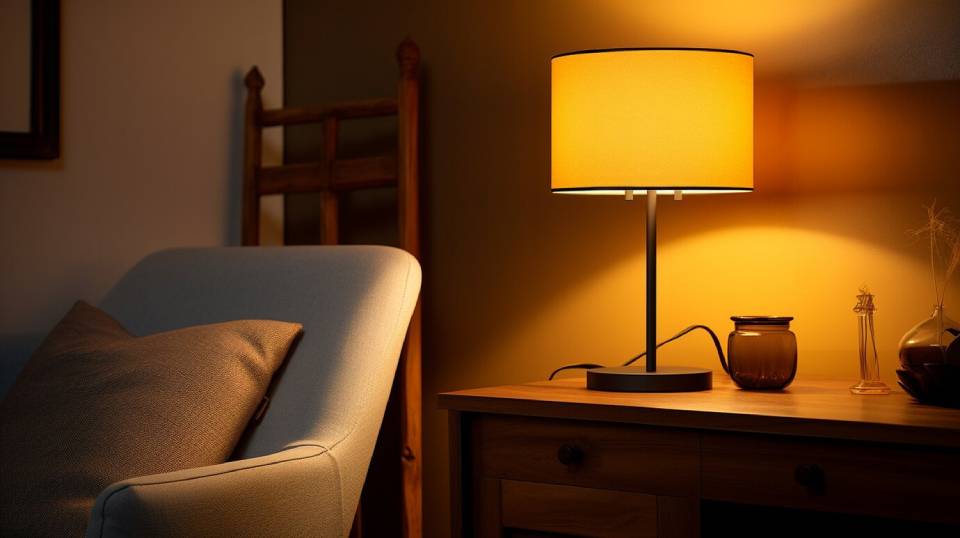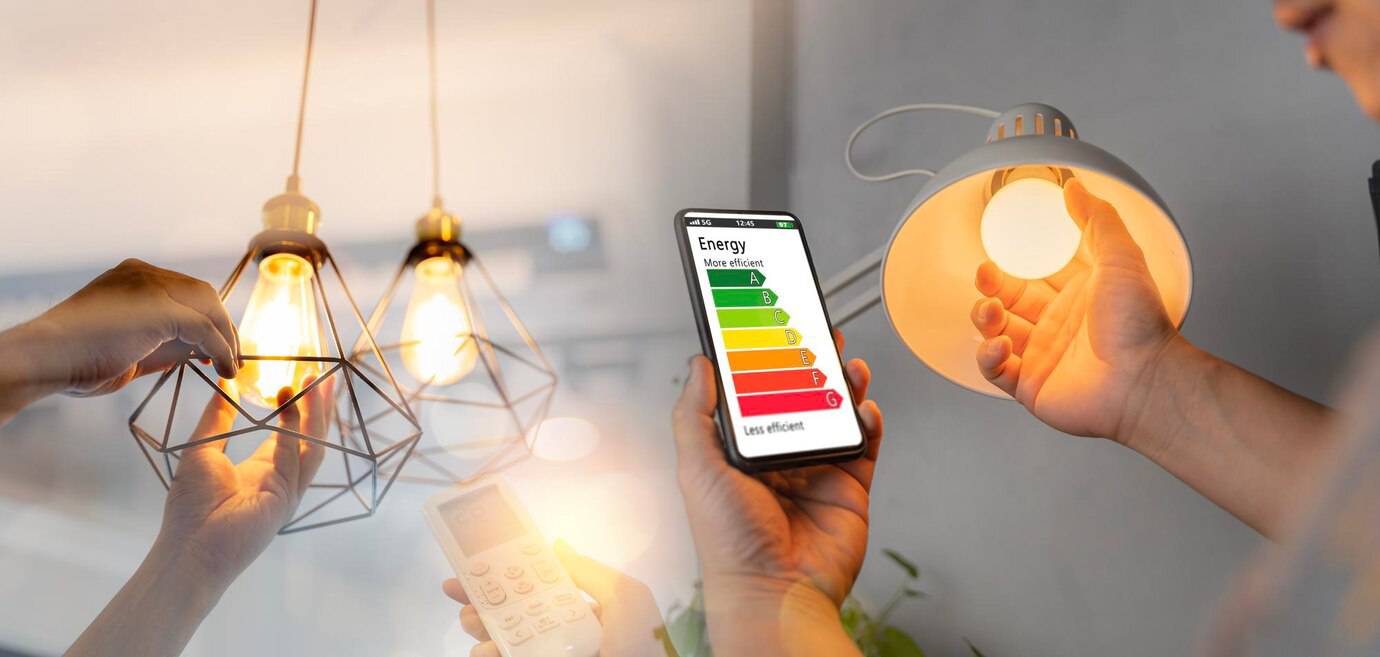
Choosing the Most Energy-Efficient Smart Bulbs
Switching to smart lighting isn’t just about convenience; it’s about making smarter, greener choices for your home and the planet. Whether you’re aiming to cut down your energy bills or tread lightly on the environment, choosing energy-efficient bulbs is one of the simplest and most effective ways to do so.
In this guide, we’ll dive into the best smart LED lights and eco-friendly lighting options available today. You’ll discover what to look for when shopping, how to maximise efficiency, and how smart lighting can fit seamlessly into your lifestyle — while saving you money.
Why Energy Efficiency Matters in Smart Lighting
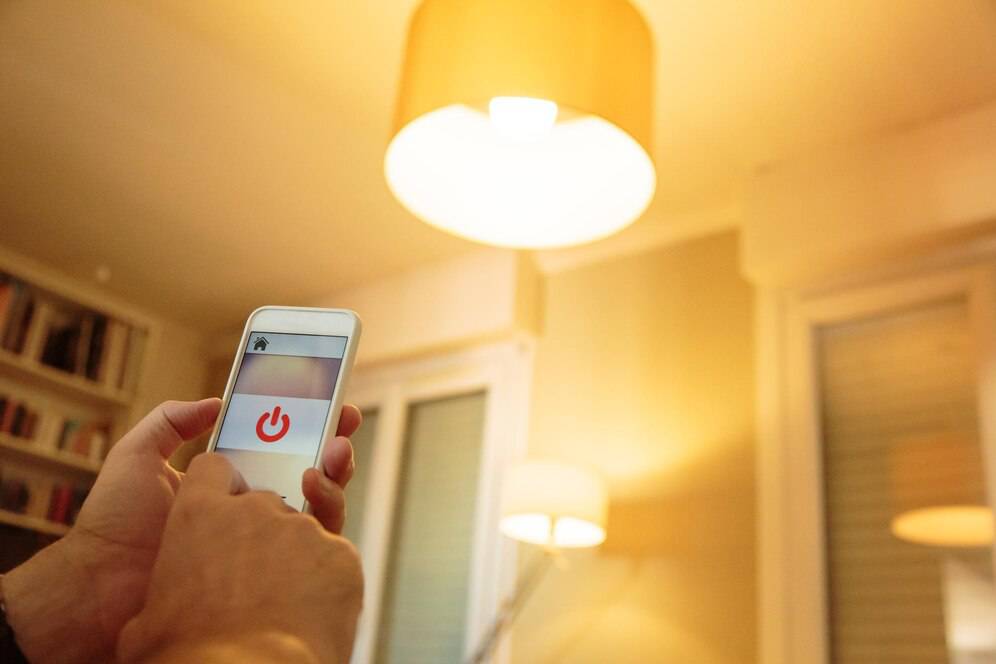
Before we dive into specifics, let’s understand why it’s so crucial.
Key benefits:
- Lower energy bills: Save up to 80% compared to traditional incandescent bulbs
- Longer lifespan: Smart LEDs can last up to 25,000 hours
- Environmental impact: Lower energy use means fewer carbon emissions
- Smart savings: Automating lights prevents unnecessary usage
Quick Insight: According to Energy Saving Trust, households in the UK could save £35–£50 annually just by replacing their most frequently used bulbs with LEDs.
What Makes a Smart Bulb Energy Efficient?
Not all smart bulbs are created equal. Look for these features:
1. LED Technology
Why it matters:
- LEDs consume less power and emit less heat compared to CFLs or halogen bulbs
- They reach full brightness instantly
2. Energy Star or Equivalent Certification
Why it matters:
- Indicates that the bulb meets strict efficiency standards
- Tip: Always look for trusted certifications like ENERGY STAR or European Energy Labels
3. Dimmability
Why it matters:
- Dimming your lights reduces electricity use further
- Smart LEDs often have better dimming capabilities than traditional bulbs
4. Scheduling and Automation Features
Why it matters:
- Set routines to switch off lights when not in use
- Use motion sensors or geofencing to prevent wastage
Want more smart automation tips? Explore Automating Your Lights for Maximum Energy Savings.
Best Energy-Efficient Smart LED Lights in 2025
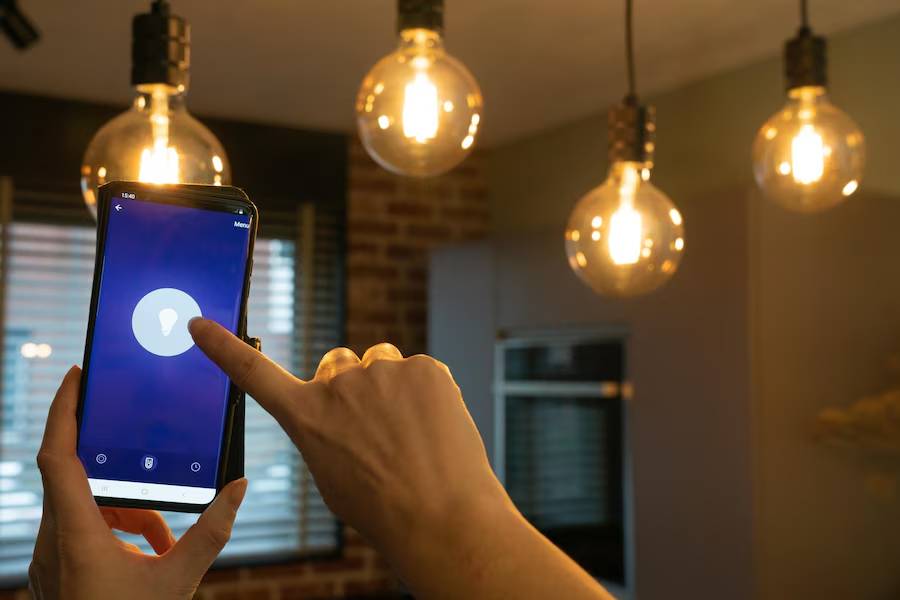
1. Philips Hue White Ambience
Highlights:
- Excellent energy efficiency
- Works with Alexa, Google Assistant, and Apple HomeKit
- Dimmable and schedule-friendly
2. LIFX Mini White
Highlights:
- Extremely bright for low energy consumption
- No hub required; Wi-Fi Direct
- Energy-saving schedules available via app
3. Nanoleaf Essentials A19 Bulb
Highlights:
- Thread-enabled for super-fast smart home responsiveness
- Tunable white light from warm to cool
- High efficiency and stunning minimalist design
4. TP-Link Kasa Smart Bulb KL110
Highlights:
- Affordable and highly efficient
- Perfect for setting dimming schedules
- Works with Alexa and Google Home
Tips for Maximising Smart Bulb Efficiency
Simply buying an efficient bulb isn’t enough; how you use it matters too.
1. Group Lights Strategically
Control multiple lights as a single group to avoid leaving isolated bulbs on unnecessarily.
2. Use Smart Scenes
Create “Leave Home” or “Sleep” scenes that turn off non-essential lights automatically.
3. Opt for Motion Sensors
Ideal for hallways, bathrooms, and outdoor areas where lights are often forgotten.
4. Schedule Natural Light Mimicry
Program your lights to follow natural daylight cycles — brighter in the morning, dimmer in the evening — to optimise use.
5. Set Minimum Brightness Levels
Instead of full brightness all the time, use dimming presets to suit activities like reading or relaxing.
Understanding Bulb Labels and Energy Ratings
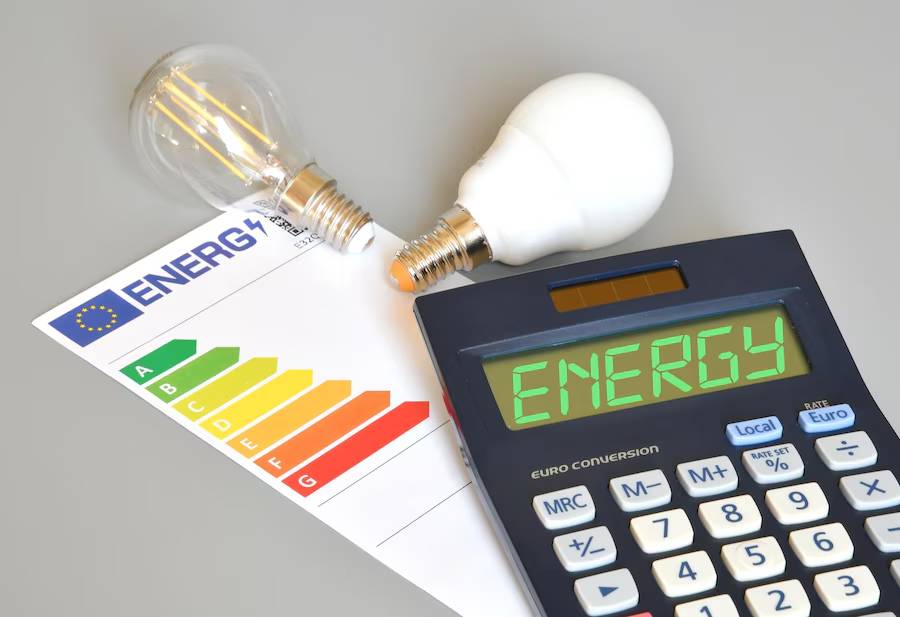
Reading a bulb label can feel like cracking a code. Here’s what matters:
- Lumens (Brightness): Look for around 800 lumens for a standard 60W replacement
- Watts (Energy Use): Lower is better, but balance it with adequate brightness
- Kelvin (Colour Temperature):
- 2700K–3000K: Warm white for relaxing
- 4000K–5000K: Cool white for working
- Energy Efficiency Rating: A++, A+, or A (Europe) / ENERGY STAR (US)
Top Tip: Higher lumens at lower wattage = greater efficiency.
Real-Life Case Studies: Energy Savings with Smart Bulbs
A Family Home in Manchester
Lucy replaced her hallway, kitchen, and living room bulbs with Philips Hue smart LEDs. Using schedules and motion sensors, they reduced lighting costs by 40% year-over-year.
A Studio Flat in Birmingham
James installed LIFX smart bulbs synced with sunrise/sunset timers.
He reported “effortless savings” on both his electricity bill and his mental energy!
Common Mistakes to Avoid with Smart Lighting
Pitfalls to watch out for:
- Leaving lights on full brightness unnecessarily
- Ignoring scheduling and automation tools
- Over-lighting small rooms — use only as many bulbs as you need
- Choosing colour bulbs for purely functional areas (unless needed)
Need ideas for integrating eco-lighting into small spaces? Check out Sustainable Lighting Solutions for Urban Apartments.
Brighten Your Life, Lower Your Bills
Switching to energy efficient bulbs isn’t just a trend — it’s a responsibility. The best smart LED lights offer beautiful, versatile lighting while helping you tread more lightly on the planet. And with today’s advances in eco-friendly lighting, going green no longer means compromising on style, functionality, or ease.
Ready to make the switch? Start small: upgrade the bulbs in your most-used room first, automate your routines, and watch the energy savings roll in. What’s your favourite smart lighting feature? Share your experiences in the comments below, and subscribe for more smart living insights!
